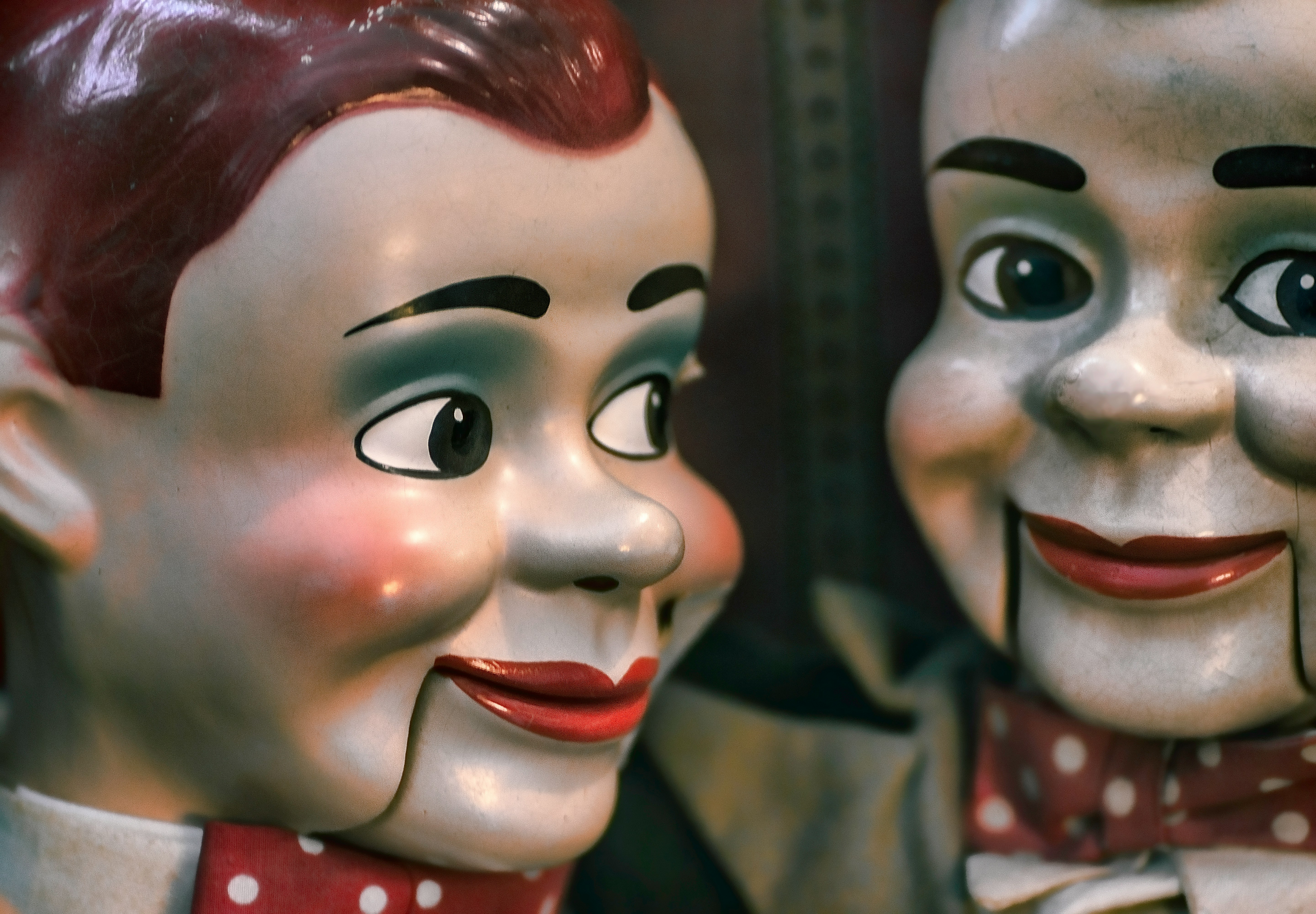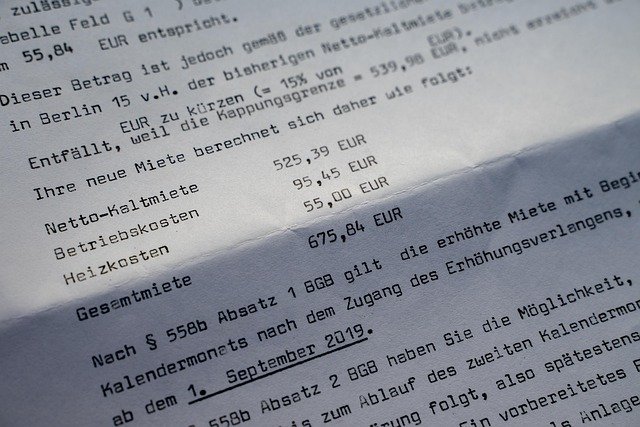The Resurgence of Ventriloquism in Modern Entertainment
In an era dominated by digital spectacles and CGI marvels, an unexpected art form is making a surprising comeback: ventriloquism. This centuries-old craft, once relegated to vaudeville stages and children's parties, is experiencing a renaissance in contemporary entertainment. From sold-out Las Vegas shows to viral social media sensations, ventriloquists are captivating audiences with their unique blend of comedy, skill, and nostalgia.

The Evolution of a Classic Art Form
Ventriloquism, the art of speaking without moving one’s lips while animating a puppet or dummy, has a rich history dating back to ancient civilizations. However, its modern incarnation took shape in the late 19th and early 20th centuries, becoming a staple of vaudeville and variety shows. As entertainment mediums evolved, ventriloquism faced challenges, often viewed as outdated or kitschy. Yet, in recent years, a new generation of performers has breathed fresh life into the craft, adapting it for contemporary audiences.
Today’s ventriloquists are pushing boundaries, incorporating cutting-edge technology and addressing modern themes. They’re not just manipulating puppets; they’re creating fully realized characters with complex personalities and backstories. Some performers use multiple puppets in a single act, showcasing their versatility and expanding the narrative possibilities. Others have embraced digital platforms, creating online content that reaches millions of viewers worldwide. This evolution has allowed ventriloquism to transcend its traditional limitations and appeal to a broader, more diverse audience.
The Psychology Behind the Appeal
The enduring appeal of ventriloquism lies in its unique ability to suspend disbelief and create a shared illusion between performer and audience. Psychologists suggest that this art form taps into fundamental aspects of human cognition and social interaction. When we watch a skilled ventriloquist, our brains are engaged in a complex process of separating the performer from their puppet, even as we willingly participate in the illusion.
This cognitive dissonance creates a sense of wonder and amusement that transcends age and cultural barriers. Moreover, the intimate nature of ventriloquism, often involving direct interaction with audience members, fosters a sense of connection that larger-scale performances may lack. In an age of increasing digital isolation, this personal touch resonates deeply with audiences, offering a refreshing return to live, interactive entertainment.
Ventriloquism in Popular Culture
The resurgence of ventriloquism is evident across various media platforms. Television talent shows have featured ventriloquists as standout contestants, with some going on to win entire seasons. These performances have introduced the art form to millions of viewers, sparking renewed interest and inspiring aspiring performers. Streaming platforms have also embraced ventriloquism, featuring stand-up specials and even narrative series centered around ventriloquist characters.
In the world of live entertainment, ventriloquists are headlining major venues and festivals. Las Vegas, long a bastion of variety entertainment, has seen a surge in ventriloquist residencies, drawing crowds comparable to those of musical acts and magicians. Comedy clubs and theaters across the country are increasingly booking ventriloquists, recognizing their ability to draw diverse audiences. This mainstream acceptance has elevated ventriloquism from a niche curiosity to a respected form of entertainment.
The Future of Ventriloquism
As ventriloquism continues to evolve, it faces both opportunities and challenges. The integration of technology offers exciting possibilities, such as animatronic puppets and augmented reality enhancements. Some performers are experimenting with virtual puppets, allowing for even more elaborate and fantastical characters. However, purists argue that the essence of ventriloquism lies in its simplicity and the tangible connection between performer and puppet.
The future of ventriloquism may also see increased diversity in both performers and characters. Traditionally dominated by white male performers, the field is gradually opening up to women, people of color, and performers from various cultural backgrounds. This diversity brings fresh perspectives and stories to the art form, ensuring its continued relevance and appeal to modern audiences. As ventriloquism adapts to the changing entertainment landscape, it remains a testament to the enduring power of live performance and the human desire for wonder and connection.
• Ventriloquism originated as a religious practice in ancient Egypt, Greece, and Rome. • The term “ventriloquism” comes from the Latin for “belly speaking.” • Modern ventriloquism techniques were developed in the 16th century. • Edgar Bergen, a famous 20th-century ventriloquist, had a successful radio show despite the visual nature of his act. • Jeff Dunham holds the Guinness World Record for the most tickets sold for a stand-up comedy tour. • Learning ventriloquism can improve public speaking skills and boost confidence. • Some ventriloquists use up to 5 different voices in a single performance. • The “vent haven” museum in Fort Mitchell, Kentucky, is dedicated to ventriloquism and houses over 900 dummies.
As ventriloquism continues to captivate audiences in the 21st century, it serves as a reminder of the timeless appeal of live performance. In a world increasingly dominated by digital experiences, the simple act of bringing a puppet to life still has the power to amaze and delight. The resurgence of ventriloquism is more than just a nostalgic trend; it’s a testament to the enduring human desire for connection, laughter, and the magic of shared imagination.




